
We use cookies to ensure that we give you the best experience on our website. If you continue to use this site we will assume that you are happy with it.
Ok ✕
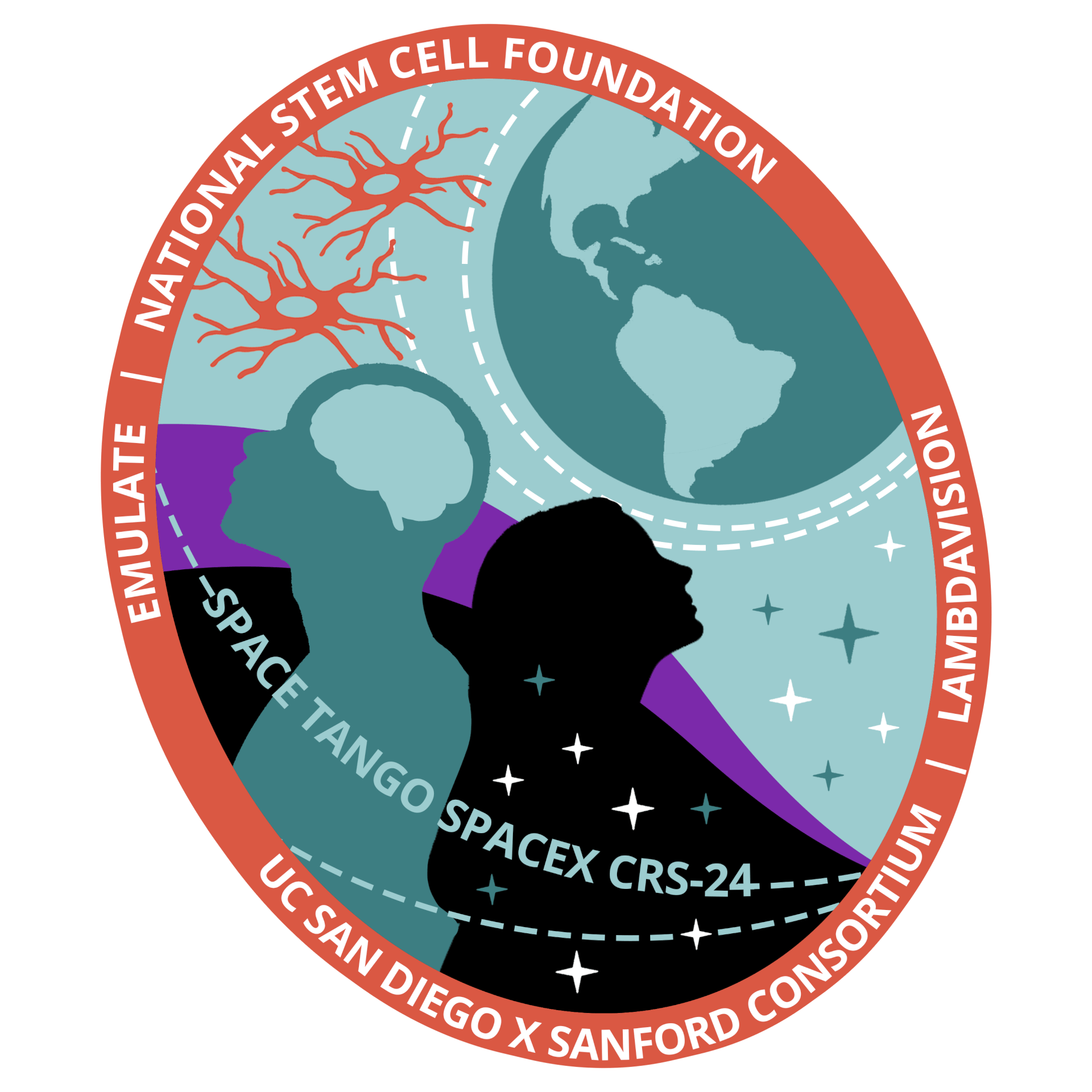
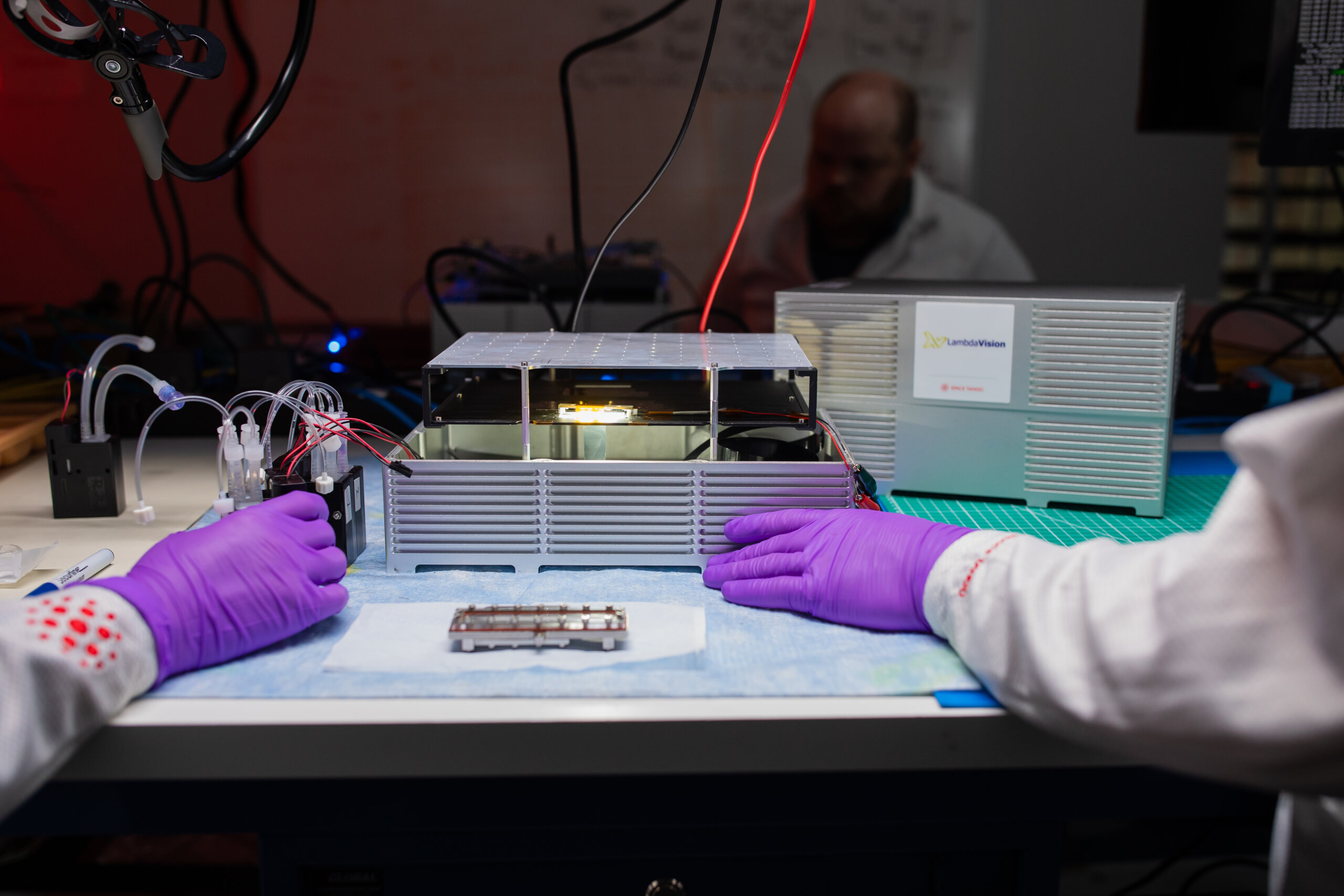
This Protein-Based Artificial Retina Manufacturing investigation will demonstrate the feasibility of manufacturing a pilot-scale protein-polymer-based layer-by-layer deposition process to develop artificial retinas in low-Earth orbit. During this flight, the LambdaVision-Space Tango partnership will collect data to optimize processes for science, automated hardware, and a regulatory process that will establish a baseline for future biomedical applications for in-space manufacturing.
LambdaVision and Space Tango’s goal is to leverage microgravity to improve upon layer-by-layer deposition to produce the first protein-based artificial retina to restore meaningful vision for patients who are blind or have lost significant sight due to advanced retinal degenerative diseases, including retinitis pigmentosa (RP) and age-related macular degeneration (AMD).
Why microgravity?
The microgravity environment of space can improve the homogeneity and performance of the artificial retina technology compared to prototypes produced on Earth. Microgravity production paradigms have been shown to enhance the three-dimensional assembly of thin films due to decreased solute aggregation, a reduction of intralayer defects, efficient binding between layers, and an increase in the optical clarity of the films.
Transduced Stromal Co-Cultures of Human Bone Marrow in Microgravity (Space Tango-Hematopoietic Stem Cells) investigates aging in blood stem cells and the transformation of these cells into cancer cells. While stem cells play a vital role during embryonic and fetal development, they also maintain adult tissue integrity and can be mobilized in response to injury to repair and regenerate tissues. Stem Cells are defined functionally based on their capacity to self-renew (divide without differentiating), differentiate into tissue-specific progenitors, and become dormant in protective microenvironments. This experiment design allows the ability to simulate and observe the response to injury and capacity for repair, aging, and (pre-)malignant transformation of normal hematopoietic stem cells in an accelerated time frame.
Results may provide valuable insights into the maintenance of hematopoietic stem cell health and functionality, response to injury through the accumulation of mutations, and, lastly, the mechanisms fueling long-term (pre-)malignant transformation into leukemia stem cells.
Why microgravity?
Exposure to radiation and microgravity in low-Earth orbit can speed up both processes, simulating aging and enabling the study of cell response to injury, capacity for repair, overall stem cell fitness, and evolution of blood cancers. Changes are expected to be seen in the mutational profile in the normal hematopoietic stem cells sent to space aboard the International Space Station (ISS) to use the microgravity environment to simulate and study accelerated aging.
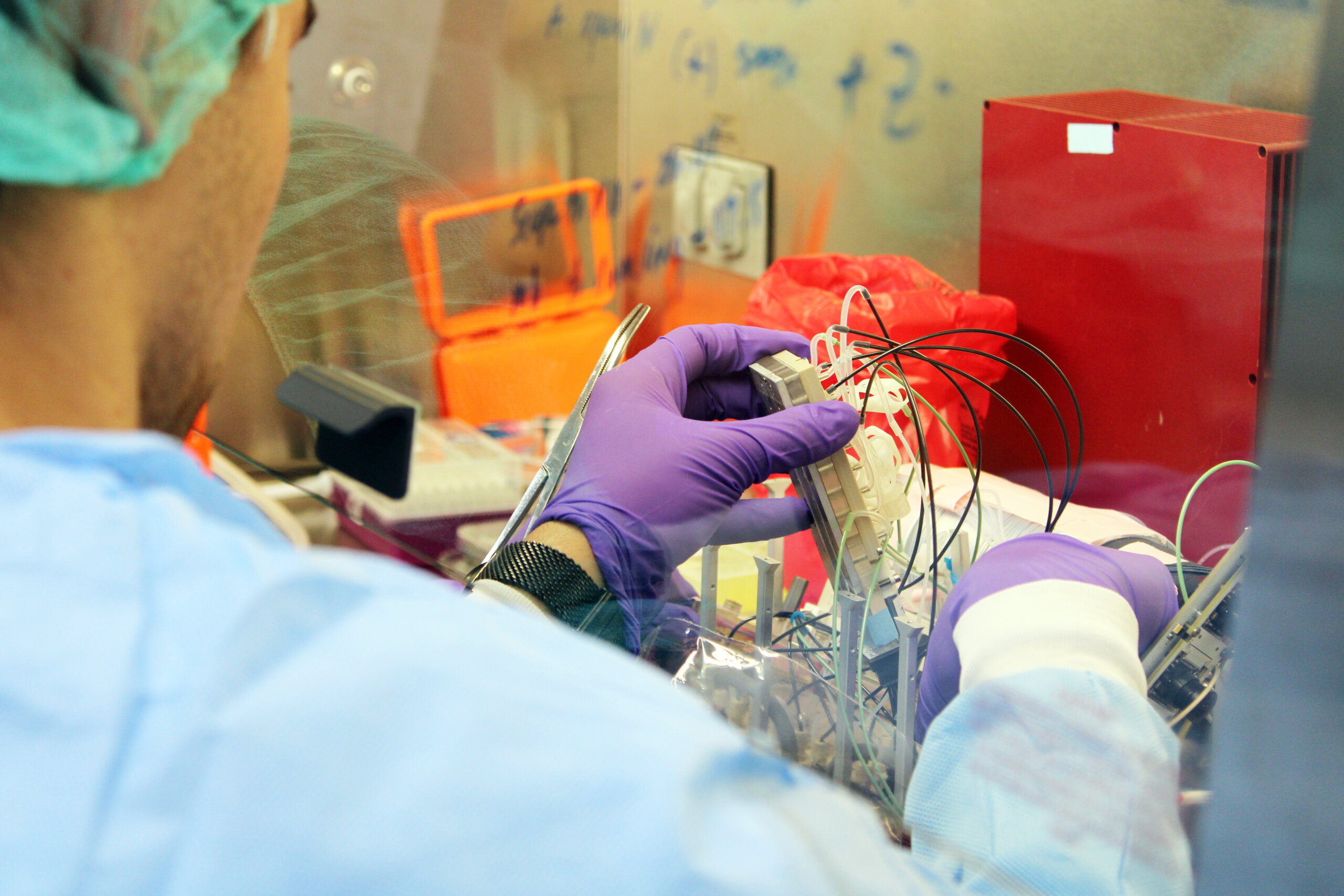
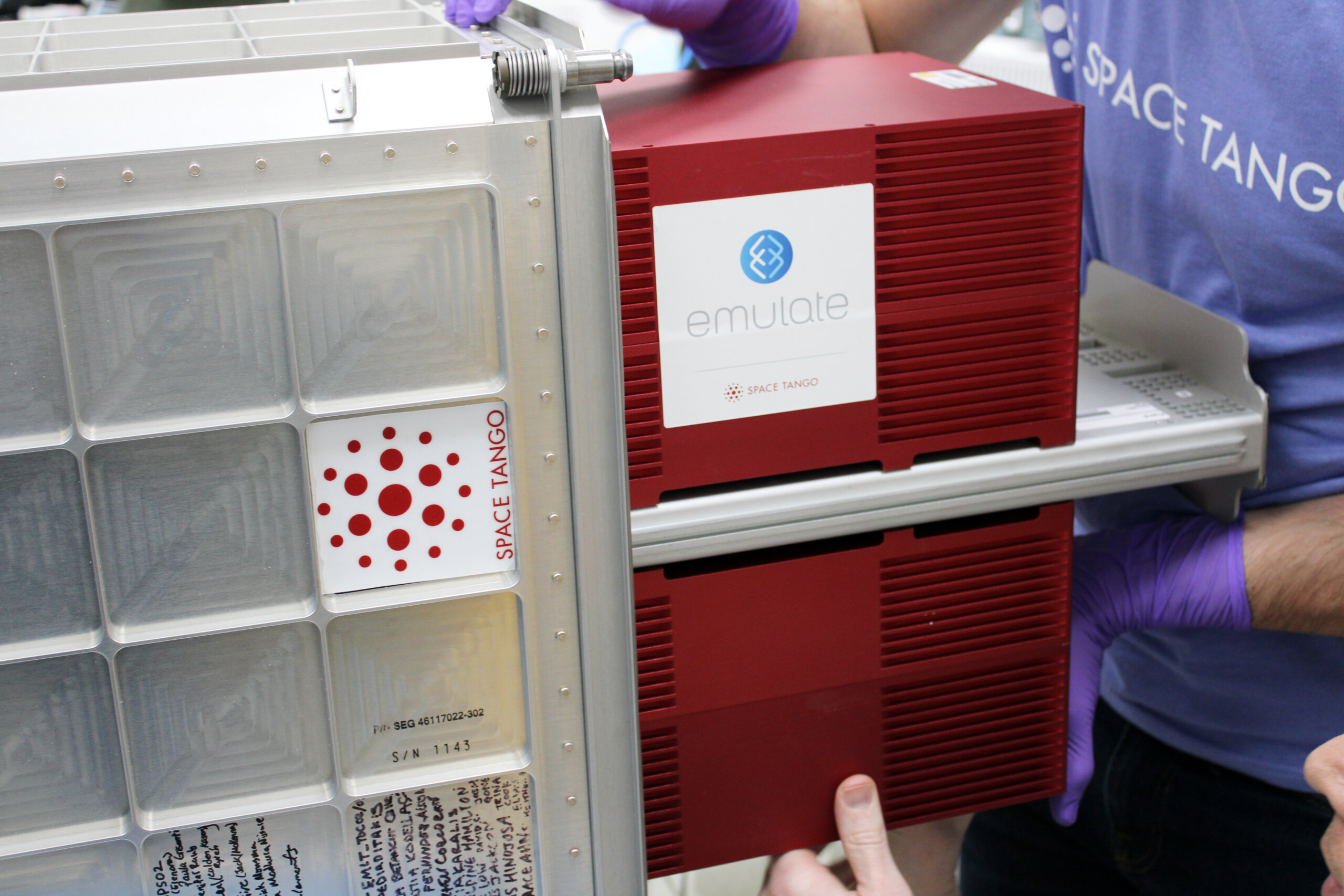
Organs-On-Chips as a Platform for Studying the Effects of Microgravity on Human Physiology analyzes the Brain-Chip, which consists of neuronal and vascular endothelial cells in a living micro-engineered environment. Investigations are conducted under healthy and inflamed states to assess how space travel affects neuronal function and the function of the blood-brain barrier, which is a semi-permeable membrane that separates circulating blood from the brain and the central nervous system.
This investigation is also designed to provide insight into the relationship between inflammation and brain function, an active area of investigation for furthering the understanding of neurodegenerative diseases, such as Alzheimer’s and Parkinson’s. One particular aspect of the brain that the research focuses on is the blood-brain barrier functionality. The blood-brain barrier protects the brain by preventing some substances from entering the brain during inflammation. The studies use the Brain-Chip to evaluate the efficacy of the anti-inflammatory therapeutic intervention on the blood-brain barrier in space.
Why Microgravity?
Freed from the effects of gravity found on Earth, the International Space Station (ISS) provides an environment where researchers may study human health in microgravity, allowing them to decouple the force of gravity from other effects that impact the brain cell function. Different Investigations using the Brain-Chip study how other space travel stressors — such as hyper-gravity experienced during launch, reduced availability of oxygen known as hypoxia, and increased levels of stress hormones — influence brain function.
The Effects of Microgravity on Microglia 3-Dimensional Models of Parkinson’s Disease and Multiple Sclerosis – Mission 2 (Cosmic Brain Organoids) examines the growth and movement of microglial cells in 3D organoids and potential changes in gene expression and protein secretion caused by microgravity.
Parkinson’s disease and multiple sclerosis (MS) are not developmental disorders, and modeling these disease states in vitro is difficult even with advances in reprogramming technologies. More complex organoid models containing multiple cell types and fully mature cells are used to better represent disease progression, allowing for a more suitable platform for the development of potential therapies.
The Research Team conducted the first long-term cultures of patient-specific neural cells in low Earth-orbit by combining induced pluripotent stem cell (iPSC)-derived microglia and dopaminergic, or cortical neurons, into 3D organoids. The first proof-of-principle investigation involved four iPSC lines derived from one person with Parkinson’s disease (dopaminergic organoids), one person with progressive MS (cortical organoids), and two age/sex-matched healthy controls. Significant differences were observed in gene expression and protein secretion associated with exposure to microgravity in both dopaminergic and cortical organoids. These results, and this follow-on mission to the groundbreaking study, are laying the foundation for further and more complex studies to dissect the fundamental mechanisms underlying neuroinflammation and neurodegenerative diseases and understand the impact of microgravity on these disease-relevant processes.
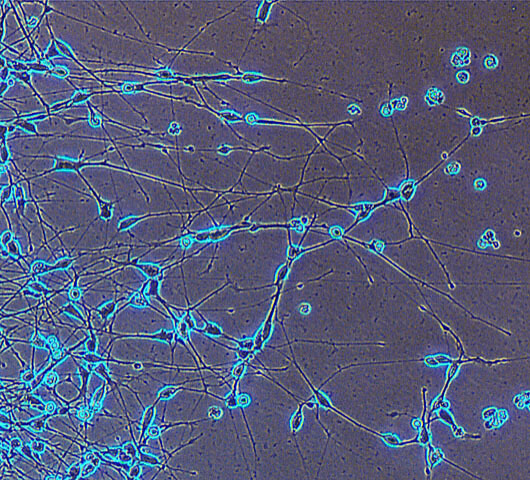
Image shows neural outgrowth from human neural organoids returned to the lab after more than a month on the International Space Station. Image courtesy of Dr. Jeanne Frances Loring.
Why microgravity?
Exposure to microgravity and radiation, as occurs on the International Space Station, causes significant mechanical unloading of mammalian tissues, resulting in rapid physiological alterations.